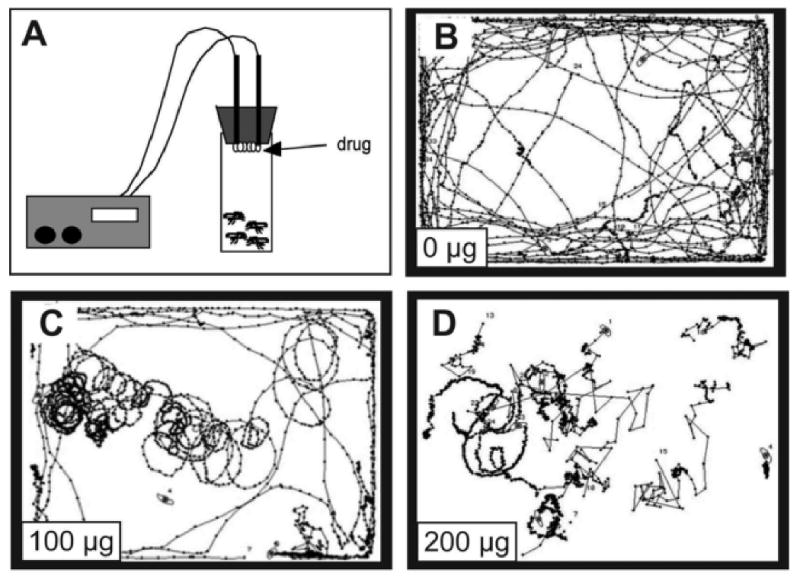Figure 1. Cocaine delivery and cocaine-induced locomotor behaviors in Drosophila.

(A). Cartoon of the system used to volatilize free-base cocaine (McClung and Hirsh, 1998). Cocaine (dissolved in ethanol) is deposited on the nichrome coil and volatilized upon heating the coil. Flies “inhale” the volatilized cocaine and are then transferred to an observation chamber in which their behavior is filmed and analyzed using specialized software (Wolf et al., 2002). (B-D) Computer-generated traces of the locomotor behavior of a group of 5 flies exposed to volatilized free-base cocaine. Each panel corresponds to a one-minute period starting 2 minutes after the end of the cocaine exposure. (B) Mock exposure, (C) 100 μg cocaine, and (D) 200 μg cocaine. (Bainton, tsai, et al., 2000; reprinted with permission)
